Maintaining a healthy lawn throughout the summer can seem like a challenge, but with the right care and attention, it’s easier than you think. The summer heat, occasional drought, and increased foot traffic can take a toll on your grass, but by following a few simple tips, you can keep your lawn lush, green, and thriving. From watering efficiently to mowing smartly, feeding properly, and controlling weeds, these easy-to-follow strategies will help your lawn endure the hottest months of the year. Whether you’re a seasoned gardener or a beginner, these practical tips will ensure your lawn stays healthy, vibrant, and the envy of the neighborhood all summer long. Ready to get started? Let’s dive into the best practices!
What are Some Eco-Friendly Ways to Water Your Lawn?
Sustainable lawn watering practices help both conserve water supplies as well as minimize environmental effects while providing a healthy carpet of greens. The following list contains sustainable lawn care methods that you can implement:
-
Water in the Early Morning: Early morning lawn watering before 9 a.m. enables grass to absorb water effectively while reducing evaporation losses. Your lawn receives proper hydration while water conservation happens through this method.
-
Use a Smart Irrigation System: Factory-controlled irrigation systems determine their watering schedules via present weather conditions to avoid excessive watering throughout rainy periods and chilly temperatures. The system features moisture sensors that prevent unnecessary water delivery to the lawn, thus minimizing waste.
-
Install a Drip Irrigation System: Drip irrigation provides controlled water distribution to the ground at measured speeds to decrease both water scattering and soil drying. This irrigation approach works best in areas that receive high amounts of water demand, and it can also be designed to address particular yard areas.
-
Collect Rainwater: Rain barrels serve as environmentally friendly devices that capture rainwater from downspouts for lawn irrigation purposes. Your water independence from municipal systems, together with resource conservation, becomes possible through this practice.
Your lawn health remains high alongside your water conservation efforts through a selection of eco-friendly watering practices.
Why is it Important to Keep Your Mower Blades Sharp?
A sharp blade set on your mower remains essential for achieving proper lawn health. A dull blade damages grass by tearing it instead of performing a clean cut, which produces multiple negative effects:
Healthier Grass: The precision of sharp blades enables them to make clean cuts that promote the quick healing of grass blades. Diseases and pests, and fungi can enter through the torn areas of grass blades because they have jagged edges, resulting in lawn stress and permanent damage.
Prevents Stress on the Lawn: The lawn suffers additional stress because dull blades cut grass in a destructive manner. The grass becomes more vulnerable to environmental stressors like heat and drought when blades are dull because the damage weakens the plant structure, leading to brown or patchy areas.
Improves Efficiency: Mowing becomes simpler and more efficient with sharp blades because they need less operator effort while using less fuel. The combination of time efficiency and energy conservation becomes possible through this practice.
Better Appearance: A properly made, sharp cut across your grass will create uniformity that provides an enhanced appearance to your lawn area. An uneven cut from blades will produce an unappealing lawn with an unsightly appearance.
The practice of blade sharpening leads to healthier lawns that maintain their vibrant appearance during the entire growing period.
Check out this article on why you shouldn’t mow wet grass to learn more mowing best practices. A clean, even cut helps maintain a healthier lawn.
When Should You Apply Fertilizer for Optimal Growth?
The correct timing of fertilizer application determines whether your lawn will receive the necessary nutrients for developing into a healthy and robust lawn. Various elements about your local climate and lawn grass affect when you should add fertilizer to your property.
Spring (Early to Mid-Season): Spring represents the optimal moment to distribute fertilizer because your grass starts its active growth period. Your lawn will develop strong green growth during summer heat while getting ready for warm weather through the application of balanced fertilizer with more intensive nitrogen content. The application of fertilizer should take place after the last frost period and during the initial stages of grass growth.
Late Spring or Early Summer: The best time for a second fertilizer application occurs during late spring or early summer when grass growth reaches its peak. A balanced fertilizer applied at this time helps maintain lawn growth and preserve its color throughout the warm season.
Fall (Optional, for Cool-Season Grasses): A fall application of fertilizer for cool-season grasses should happen four to six weeks before the first frost to develop robust roots and establish winter dormancy. The application of fertilizer during this period leads to stronger lawns, which recover rapidly during spring.
The best outcomes will emerge when you adhere to grass-specific and climate-appropriate guidelines.
What are the Best Methods for Spot-Treating Weeds?
Lawns benefit when you spot-treat weeds in specific areas because this method avoids damaging healthy grass between the weeds. These are the most effective methods to control weeds:
Manual Removal: Hand removal stands as the basic and environmentally friendly way to eliminate weeds. You need to use weeding tools or hand trowels to extract deep-rooted weeds by reaching their root systems. The removal technique eliminates both plant's aboveground parts and underground roots to stop weeds from growing back.
Use a Targeted Herbicide: A quick solution for persistent weeds exists through the use of selective herbicides that target particular weed species. Use a spray bottle or applicator to apply the product directly to weeds but avoid spraying the surrounding grass. Read all instructions on the product label to use the product safely and correctly.
Vinegar Solution: Vinegar functions as a natural weed-killing solution instead of chemical herbicides. A mixture of white vinegar with a tiny amount of dish soap creates a non-toxic solution that destroys weeds. Apply the vinegar solution to weeds when the weather is dry and sunny because heat and sunlight enhance its effectiveness.
Boiling Water: Boiling water serves as a secure natural approach to eliminate weeds. The direct application of boiling water onto weeds will scald the plant and cause its death. The method works best for weeds that appear in between sidewalk or driveway cracks.
Using individual spot treatment enables you to preserve your healthy lawn by avoiding broad applications of chemicals.
Also, check out this article on lawn care weed control tips for effective strategies to eliminate weeds without harming your lawn and maintaining a healthy, weed-free yard.
When is the Best Time to Aerate Your Lawn?
Lawn care professionals consider aeration as a vital practice because it enables better access of water and nutrients, and air to the roots. The success of aeration depends heavily on when you perform the operation. Aeration should be performed at these specific times for optimal results:
For Cool-Season Grasses: Aeration of cool-season grasses, including Kentucky bluegrass and fescue, should be performed during the fall season when the grass grows actively and the soil temperature remains warm. The early fall period provides the best timing to aerate the lawn because it enables quick healing before winter and ensures better spring growth. Early spring marks the second opportunity for aeration when performed just before active grass growth begins.
For Warm-Season Grasses: Aeration of Bermuda and zoysia grasses should occur during late spring to early summer when these warm-season grasses reach their peak growth period. The timing of fall aeration allows the lawn to grow healthily and quickly bounce back from the procedure, which results in a sustained green lawn appearance throughout summer.
Avoid Aeration During Drought or Extreme Heat: Your lawn should not undergo aeration when it faces drought conditions or extreme heat because it will remain under stress. Wait until conditions become favorable again. The grass suffers additional stress when aerated during these periods, which slows down its recovery process.
Aeration should be performed at the right time to maximize lawn benefits, which will result in continuous lawn health throughout the year.
How Can You Protect Your Lawn from the Intense Summer Heat?
The summer heat puts significant stress on lawns, yet several strategic actions will help grass survive hot summer months while maintaining its resistance and health. These methods will help your lawn survive the extreme summer heat:
Water Deeply and Infrequently: Deep and infrequent watering sessions, once or twice a week, are more beneficial than regular shallow watering. The deep penetration of roots becomes possible because of this practice, which results in better drought tolerance for your lawn. Water your lawn during early morning hours because this time reduces evaporation losses.
Mow at the Right Height: During the summer season, maintain your mower blades at a higher position. The protective layer of tall grass creates shade that protects both the soil moisture and the roots from scorching sun heat. The optimal height for mowed grass should be between 3 to 4 inches.
Aerate Your Lawn: The process of aeration enhances soil water and nutrient intake, particularly during summer heat when soil becomes dense. Soil compaction decreases when you maintain it this way and therefore, roots receive better access to essential air and nutrients and water.
Use Mulch and Grass Clippings: Mulching acts as a moisture retention system, which also minimizes soil evaporation and maintains soil temperature at lower levels. Organic mulch and grass clippings should be spread around your lawn base to shield it from intense heat.
Following the described strategies will enable the lawn to survive and grow during summer heat while maintaining its green vibrancy.
The correct approach makes lawn maintenance during summer months much simpler than most people expect. Proper lawn maintenance through essential practices that combine watering with mowing and fertilizing together with environmentally friendly techniques, will result in lively green grass in hot weather conditions. Small adjustments in timing will produce significant results when it comes to lawn care, such as proper aeration scheduling and grass variety selection based on climate conditions. By living consistent lawn care practices alongside this guideline, you will achieve success while promoting sustainable environmental development. A small amount of care will lead your lawn to flourish throughout summer so you can enjoy its green beauty.
FAQ’S
What is the 1/3 rule in lawn care?
The 1/3 rule in lawn care suggests never cutting more than one-third of the grass height at once to avoid stressing the lawn. This helps maintain healthier grass and encourages stronger root growth.
How do I keep my lawn moist in the summer?
Water your lawn deeply and infrequently, preferably in the early morning, to ensure moisture reaches the roots. Adding mulch or grass clippings can also help retain moisture and reduce evaporation.
How do I make my lawn green and thick in summer?
Fertilize your lawn with a balanced, slow-release fertilizer to provide nutrients for healthy growth. Mow at a higher setting, leaving grass about 3-4 inches tall, which helps retain moisture and protects roots from heat stress.




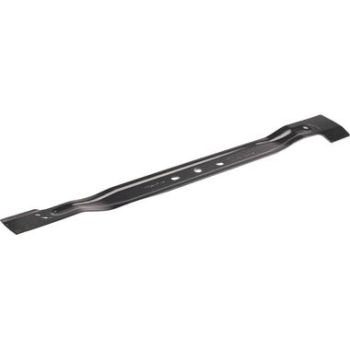
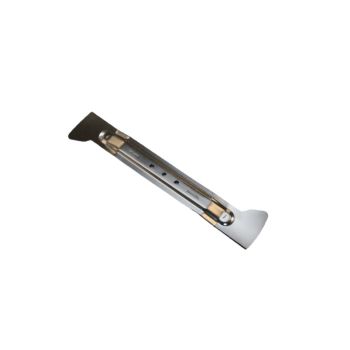
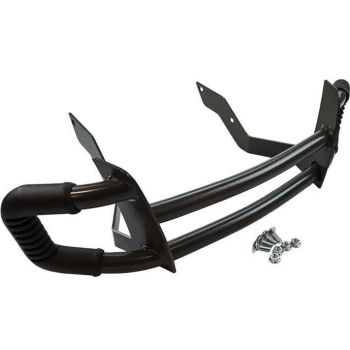
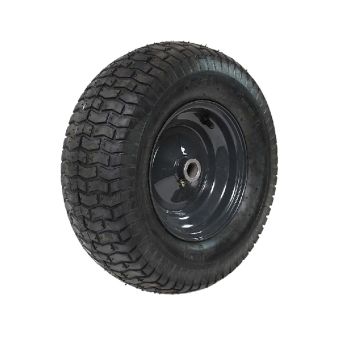
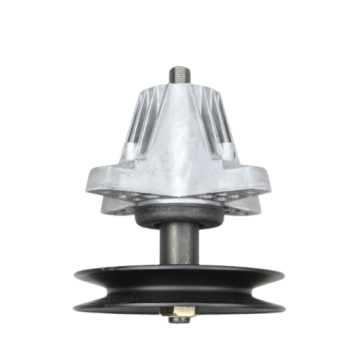





Validate your login